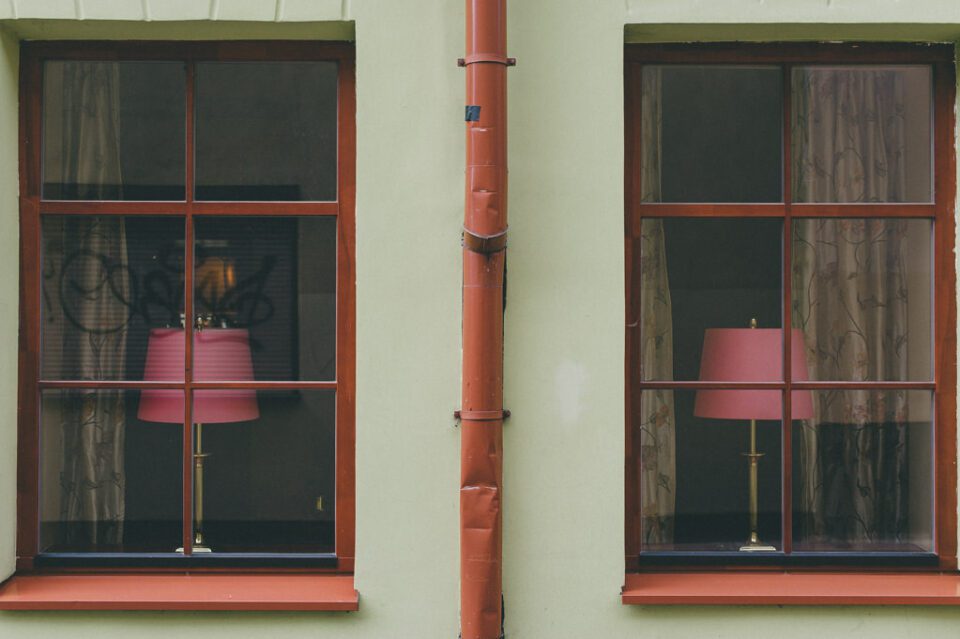التكوين في التصوير الفوتوغرافي: مناقشة المهمة
Composition in Photography: Assignment Discussion
A few months ago, I started working on our Mastering Composition” series articles. The idea behind them was to cover all the basics of composition in photography (and, consequently, visual arts in general) starting with some extremely simple concepts, and also provide assignments for beginner photographers to make the educational process fun and engaging. With some luck and effort from our side, the project would gain momentum and we’d be able to not only touch more advanced composition rules / theories and discuss specific examples sent in by our readers (eventually), but also organize a few online and offline workshops along the way. In this article, I will discuss the task and the answers provided by our readers under the first article of the series.
منذ بضعة أشهر، بدأت العمل على سلسلة المقالات الخاصة بـ "إتقان التأليف". كانت الفكرة من وراء ذلك هي تغطية جميع أساسيات التكوين في التصوير الفوتوغرافي (وبالتالي الفنون البصرية بشكل عام) بدءًا من بعض المفاهيم البسيطة للغاية، وكذلك تقديم مهام للمصورين المبتدئين لجعل العملية التعليمية ممتعة وجذابة. مع بعض الحظ والجهد من جانبنا، سيكتسب المشروع زخمًا وسنكون قادرين ليس فقط على لمس قواعد/نظريات التكوين الأكثر تقدمًا ومناقشة الأمثلة المحددة التي أرسلها قراؤنا (في النهاية)، ولكن أيضًا تنظيم عدد قليل منها عبر الإنترنت و ورش عمل دون اتصال بالإنترنت على طول الطريق. سأناقش في هذه المقالة المهمة والإجابات التي قدمها قراؤنا ضمن المقالة الأولى من السلسلة.
Composition in Photography: Assignment Discussion
A few months ago, I started working on our Mastering Composition” series articles. The idea behind them was to cover all the basics of composition in photography (and, consequently, visual arts in general) starting with some extremely simple concepts, and also provide assignments for beginner photographers to make the educational process fun and engaging. With some luck and effort from our side, the project would gain momentum and we’d be able to not only touch more advanced composition rules / theories and discuss specific examples sent in by our readers (eventually), but also organize a few online and offline workshops along the way. In this article, I will discuss the task and the answers provided by our readers under the first article of the series.
منذ بضعة أشهر، بدأت العمل على سلسلة المقالات الخاصة بـ "إتقان التأليف". كانت الفكرة من وراء ذلك هي تغطية جميع أساسيات التكوين في التصوير الفوتوغرافي (وبالتالي الفنون البصرية بشكل عام) بدءًا من بعض المفاهيم البسيطة للغاية، وكذلك تقديم مهام للمصورين المبتدئين لجعل العملية التعليمية ممتعة وجذابة. مع بعض الحظ والجهد من جانبنا، سيكتسب المشروع زخمًا وسنكون قادرين ليس فقط على لمس قواعد/نظريات التكوين الأكثر تقدمًا ومناقشة الأمثلة المحددة التي أرسلها قراؤنا (في النهاية)، ولكن أيضًا تنظيم عدد قليل منها عبر الإنترنت و ورش عمل دون اتصال بالإنترنت على طول الطريق. سأناقش في هذه المقالة المهمة والإجابات التي قدمها قراؤنا ضمن المقالة الأولى من السلسلة.





تعليق